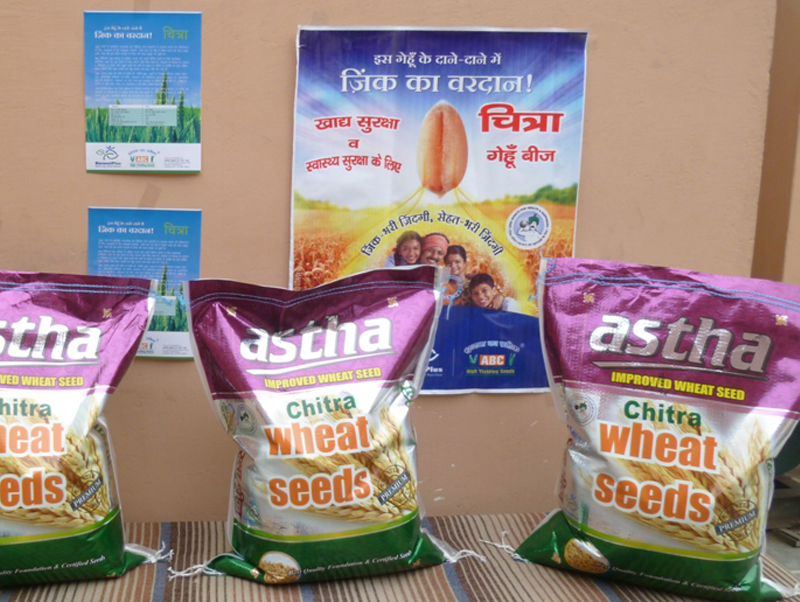An article in the September 2022 edition of FoodPacfic Manufacturing Journal highlights the growing interest among commercial food companies for biofortified products, and the trends that are driving this growth.
The author interviewed Ravinder Grover of the CGIAR’s HarvestPlus program, who explained that the trends for nutritious, sustainable and eco-friendly food and clean-label ingredients are driving demand. Big players in the cereals and snacks industries, as well as start-ups, are looking at opportunities to use biofortified food ingredients in their products. In India, ready-to-eat food such as pearl millet noodles and pearl millet flakes from biofortified grains are already being marketed.
The article highlights opportunities for businesses that have an interest in including biofortified food in their portfolios. “This is an area where they can make substantial amounts of profits because if you see the willingness to pay for premium on these products, it is very encouraging.” said Grover, which is project manager of the Commercialisation of Biofortified Crops programme. “Many of our surveys indicate that 98% of our consumers are willing to pay premium for biofortified products.”
The article also explores challenges to commercialisation of biofortified products that are currently being addressed by HarvestPlus and its partners. They include creating generally accepted standards for these products and traceability mechanisms to ensure product origin.
In the article, Peter Goldstein, head of strategic communications at HarvestPlus, explained that a multi-sectoral approach is needed to ensure uptake of biofortification. “Awareness raising and educating everyone – all stakeholders, consumers, farmers, and government – about biofortification is very important. Making sure supply is efficient is very important as well, not only in seeds but also in food-based products, so that farmers know how to process the crops into products such as flour. The other thing that is important is that the government is championing it through relevant policies and programs so that we can ensure that it can scale and reach the most vulnerable people.” he said.
